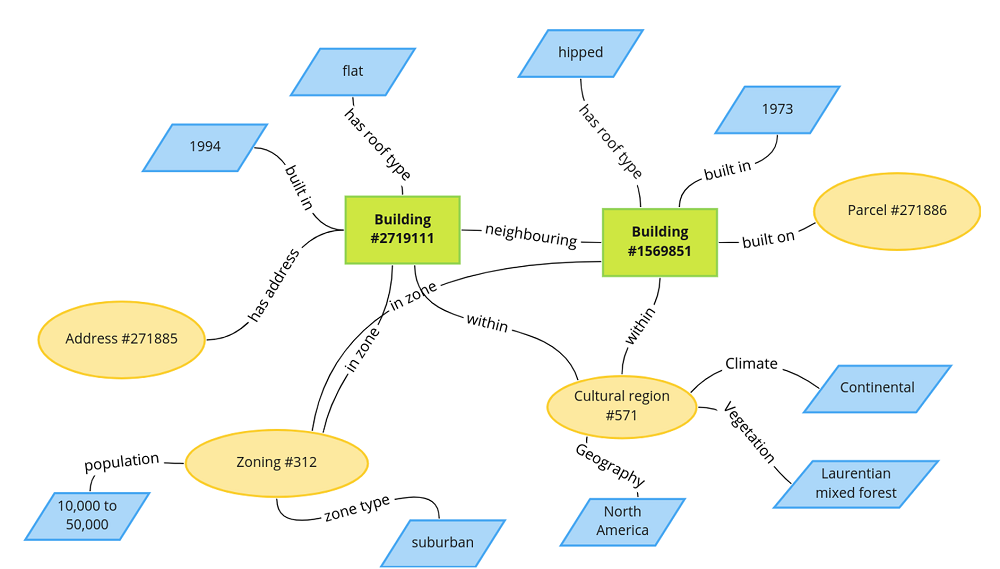Blackshark.ai is excited to be founding member of the newly formed Metaverse Standards Forum as announced on the official website today. There are several great standards to represent scenes and move data across environments, and we believe we can contribute to a more open “metaverse” or to interoperable “metaverses” by sharing our grammar that can be extended to describe objects in the real world. This ensures consistency and portability of how objects and their associated properties are represented across different implementations for metaverses. We look forward to working together with the members of this Forum.

Standards are important to make systems understand each other. Think of language – it’s a standardized way to get the messages and needs through to another „system“ or person. But compared to humans who can interpret another person’s message and ask for clarification and confirmation there is no such room for interpreting in technical software systems.
Maps use another highly standardized “language” to describe the world and this is especially true when it comes to digital and web-based representations of the globe. Even though we might have a similar understanding about scale, tiling, levels of details, object classes and other map attributes, it needs highly standardized definitions like WSG84, web Mercator to make sure the world is spinning in the right direction.
As you might know, Blackshark started its work for the proprietary computer game Microsoft Flight Simulator. To be able to represent the surface and infrastructure of the entire globe in a highly performant, photorealistic and streamable way we introduced our own patented and procedural data format for streaming the entire globe to thousands of users. Blackshark.ai’s Procedural Grammar is used to represent objects in a very efficient way.

“The limits of my language are the limits of my world”
Ludwig Wittgenstein
But besides the pure geometrical definition, the ontology of 3D geospatial applications is another crucial point to make all applications compatible with each other as well. This ensures for instance that a door knob is understood as such, no matter the file format and whether it’s hand modelled, created by an artificial intelligence or exported from a BIM system.

Our solution and data are now integrated in more and more industries and geospatially referenced use cases such as professional simulation and training, synthetic training data generation, real estate or insurance, to name a few. All these applications are bringing the 3D digital and 3D physical world closer together. There is a word for this entirely new platform layer already: the metaverse. Just as the web represents and supports our activities right now, the Metaverse will augment, enrich and support our activities in a highly intuitive and immersive manner.

And Blackshark is enabling exactly this real world metaverse by offering a new geospatially referenced platform layer for others to build on top any application or experience – be it for purpose of simulation, social interaction, gaming, or learning – Blackshark.ai is the 3D canvas for the digital world, acting as crucial enabling technology for the metaverse.


